In the realm of occupational health and safety, staying on top of training methods is not just beneficial—it’s imperative. As organizations grapple with evolving workplace risks and increasingly stringent regulatory standards, the adoption of advanced safety training techniques becomes crucial. This blog explores innovative strategies and tools that can significantly enhance the effectiveness of safety training, thereby ensuring that safety is not just a compliance requirement, but a foundational business strategy.
Integrating Technology in Safety Training
The rise of digital technology has revolutionized the approach towards occupational safety training. Virtual Reality (VR) and Augmented Reality (AR) are at the forefront, offering immersive experiences that replicate real-world scenarios without the associated risks. For instance, VR can simulate hazardous situations that are either impractical or too dangerous to recreate in a traditional training environment. This not only enhances learning outcomes but also boosts retention rates, as employees experience firsthand the potential consequences of unsafe practices.
Customized Learning Platforms
Customized e-learning platforms are another pivotal advancement in safety training. These platforms can be tailored to address the specific risks associated with a company’s operations, providing employees with relevant and engaging content. Such platforms often include interactive modules, quizzes, and video tutorials, making learning both accessible and engaging. Moreover, they allow for tracking and analyzing employee progress, ensuring that all individuals meet the required safety standards.
Data-Driven Approach
Adopting a data-driven approach to safety training can significantly enhance its effectiveness. By analyzing accident reports, near-misses, and safety audit results, organizations can identify common trends and areas for improvement. This data can then inform the development of targeted training programs that address specific vulnerabilities within the workforce or operational processes.
Psychological Safety and Cultural Competence
Training programs must also prioritize psychological safety and cultural competence. This involves creating an environment where employees feel valued and safe to express concerns or admit mistakes. Such a culture not only fosters a more open dialogue about safety but also encourages more proactive engagement with safety protocols. Moreover, recognizing and respecting cultural differences within a diverse workforce can enhance the effectiveness of training, ensuring that it is inclusive and comprehensible to all employees.
Continuous Improvement and Feedback Loops
Finally, the concept of continuous improvement is vital in the context of safety training. This involves regular updates to training programs based on feedback from employees and changes in industry practices or regulatory requirements. Establishing a feedback loop, where employees can share their insights and suggestions, can lead to more refined and effective training solutions.
As occupational hazards evolve and new risks emerge, so must our approaches to safety training. Leveraging advanced technologies, data analytics, and an inclusive culture are not merely trends but necessities in crafting effective safety training programs. Such initiatives not only protect employees but also contribute to building a robust safety culture, ultimately leading to improved compliance, reduced incidents, and a healthier bottom line. In the landscape of occupational safety, continuous learning and adaptation are the pillars upon which safe work environments are built.







